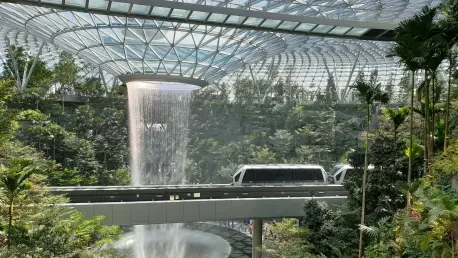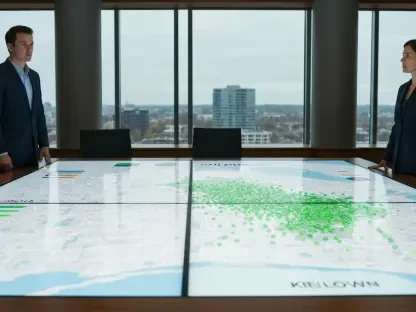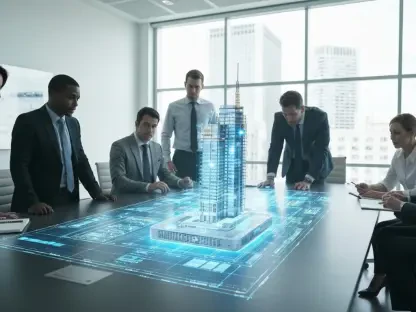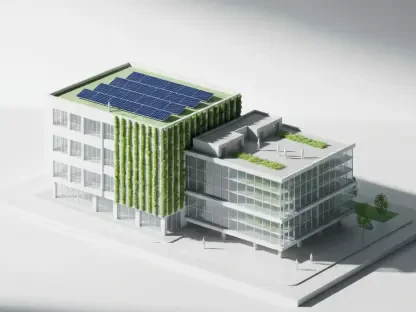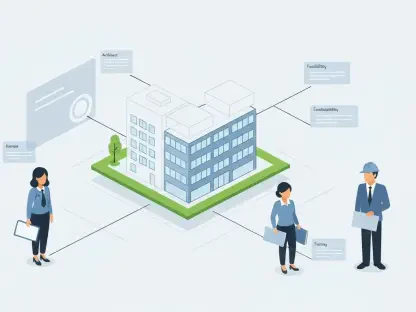Listen to the Article
The world is entering an age of urbanization, and the cities of tomorrow will have to grow to support large populations while also maintaining a high standard of living. The look of cities is changing — driven by advances in technology, sustainability practices, and population shifts. The future of smart cities, green living, and resilient infrastructure will determine how people live and interact in their urban landscapes.
According to experts, cities of the future will probably be denser, but urban design will ensure human-centric solutions, walkable accessibility, and a sustainable environment. As you investigate the evolution of cities, it will become apparent that the cities of tomorrow will stand for the values of their residents and the evolution of technologies.
Transforming Cities From “dense” to “dense and Livable”
As urban populations are increasing, architects and city planners have the tough job of designing for this high urban density without sacrificing urban quality, while also enhancing quality of life. The need for efficient provision of fundamental services like mobility, energy, education, and healthcare in urban environments is underlined by Martha Thorne, Dean of the IE School of Architecture and Design. Thorne states architecture is not an option but a necessity.
“I believe that architecture can contribute very directly to a city’s objectives as a center of innovation, culture, and well-being. People must change the view that architecture is an addition or a luxury to be enjoyed in boom times, and instead understand it as a reflection of society and its values. Good architecture makes cities comfortable, accessible, etc,” she said.
The Emergence of Smart Cities
It is not easy to define a smart city, but the concept links technology development to efficiency and citizen welfare. To put it simply, digital solutions and other new technologies can be used to better traditional networks, making urban life easier, more sustainable, and greener.
Smart cities will likely benefit from advanced transportation frameworks and enhanced water and waste management systems, and they will also feature smart buildings that can help people save energy. Governments and city planners will need to leverage technology to create safe spaces and interactive environments. There are also urban planning aspects to the “digitization” of cities in supporting an aging population and people with disabilities — as well as the potential for increased productivity.
The European Commission is facilitating this shift through a variety of actions, by giving cities the tools and services to improve their governance structures as well as their digital framework. Cities will be able to use real-time data to manage resources efficiently, monitor pollution levels, and control traffic. Not only will these technologies reduce environmental problems, but they could also increase the quality of life in the cities that use them.
Green Cities: The Path to Sustainability
Sustainability is right at the core of building the cities of the future — green cities, that is. They are likely to become the key to a healthier planet. With more than half of the world’s population now living in cities or urban areas, it is more important than ever to adopt eco-friendly policies when making city plans. The green cities of tomorrow will probably have lots of parks, good public transportation options, bike lanes, renewable energy options, and recycling programs. All these and other measures will lower the carbon footprint and make life better overall.
While no city can be named “the greenest” just yet, places like Copenhagen, Singapore, and Vancouver have started to implement multiple green policies. These could be setting the pace for other metropolises around the world. Soon, more places will recognize that “greening” means more than building parks, having tree-filled streets, and tall gardens. However, these measures also maintain good air quality and add variety. Municipalities that understand this and plan accordingly will not only help the planet, they will also draw in people and create new business opportunities.
Addressing Environmental Challenges in Asian Cities
Cities in Asia and the Pacific region are also getting serious about fighting pollution, improving water management, and adopting land conservation measures. According to the Asian Development Bank, a lot of these places see numerous floods, meaning that fighting against weather changes might prove key in the region. Cities like Dhaka have already built big mud banks to keep the floods out after places like Bangkok have seen floods so bad that their infrastructure was pushed to its limits. As the weather becomes more unpredictable, coastal cities will need to step up their game and invest in new solutions to protect their population and their economies.
Climate-related disasters seem to be on the rise in the region — so, Asian city planning institutions will have to handle their water management better, build stronger buildings, and plan smarter. Local governments will probably also need to put more money into things like coastal defenses and make long-term plans for dealing with the numerous issues now associated with climate change.
The Evolution of Urban Populations and Remote Work
Even with all the technological advancements made recently and the environmental issues now facing them, cities might not look too different in ten years, according to Richard Florida, professor at the University of Toronto’s Rotman School of Management. He thinks major cities won’t change much in the near future — even with shifts in population dynamics and the emergence of remote and hybrid work.
However, the pandemic has made some Americans move to the suburbs or even to the countryside. They could work from home, so didn’t have to leave their city jobs behind. According to Nicholas Bloom, an economist at Stanford, the largest 12 U.S. cities collectively lost around two-thirds of a million residents during the outbreak. But this can hardly be called a disaster, as the pandemic is believed to have accelerated existing patterns — some people do indeed leave their cities for good. They are mostly after cheaper living and more space for their families.
Even so, American cities will probably have to change to keep up with new trends — including shifts in population dynamics and remote work.
Final Thoughts About the Cities of Tomorrow
The future will be all about new technologies, green cities, and good social dynamics. However, making crowded cities nice to live in while also protecting the environment, adopting new technologies, and preserving their cultural heritage is by no means easy. The cities of tomorrow will need to juggle being crowded yet fun, perfectly adapted to modern technologies and a new way of life, and protecting their charm. Those that manage to integrate these elements will not only be more livable but will also serve as models for urban innovation.
